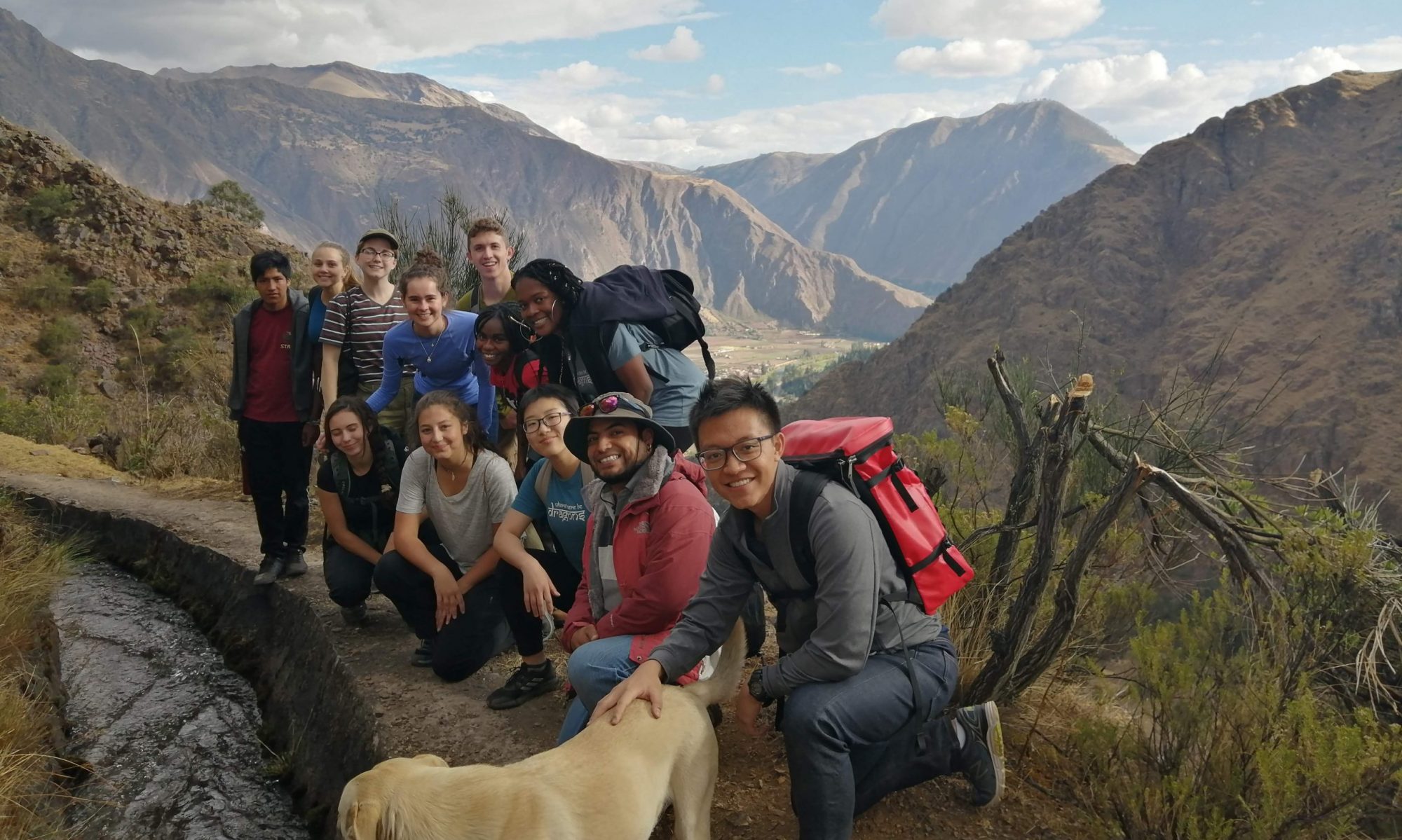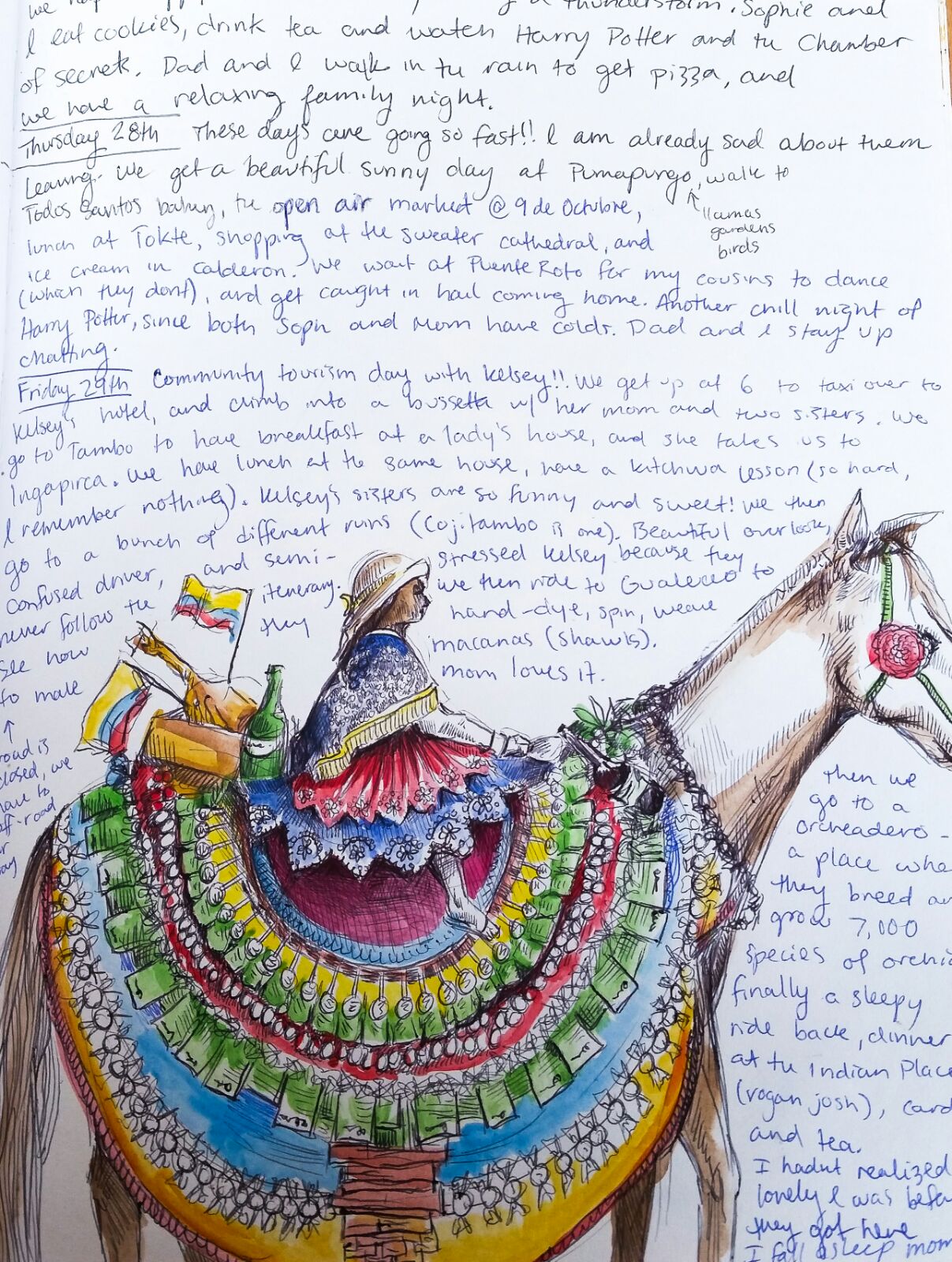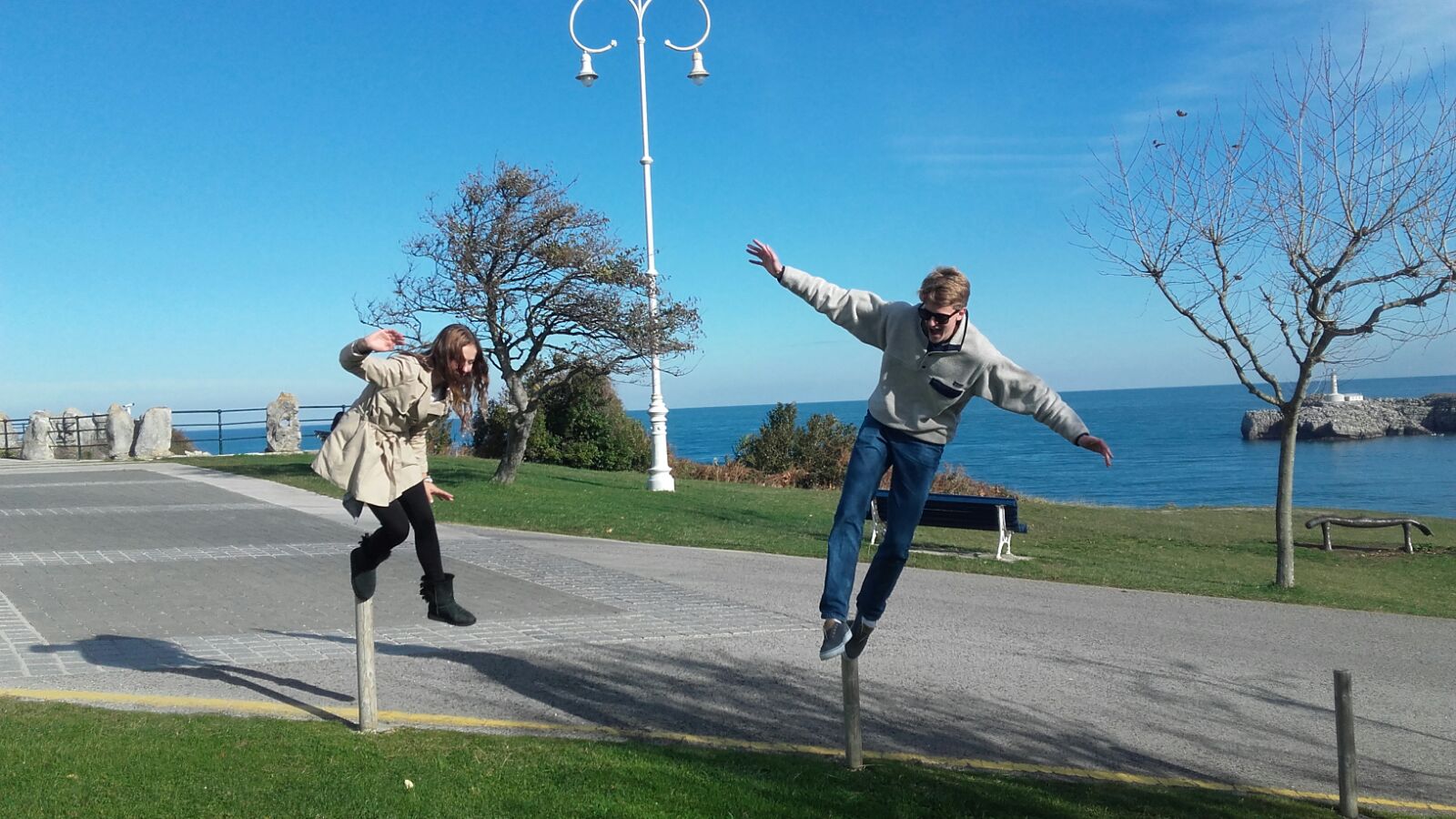by Katherine, Tufts 1+4 Participant
The opinions expressed are not representative of City Year or Americorps as organizations.
Self-care has been on the forefront of my mind for years. I can’t let taking care of myself go to the bottom of my priorities, and it’s been especially relevant this year, as I began working full-time as a City Year AmeriCorps Member. From 7:30 AM to 6:00 PM every day, I am “on.” In the morning I get to work with sixth-graders in their math class, and throughout the day I need to be vigilant during lunch, recess, and hallway transitions to ensure that things go smoothly. Right after dismissal, I co-facilitate afterschool for a group of 20 third- and fourth-graders. I am exhausted at the end of each day (and have a glimpse into the reality of “teacher burnout”) from being exposed to such a stimulating environment for 10 hours, but the work I do is equally rewarding as it is draining. I get to watch my students’ confidence grow, work with a team, and learn about myself. A large part of recognizing the rewards comes from taking care of myself.
From a distance, I may seem like the quintessential “self-care expert”: I practice yoga, write in a journal, and I love talking about my feelings. The kind of self-care that working at City Year requires of me is very different from the self-care I practiced for my entire high school career. And I didn’t get to realize this until very recently, since my job has demanded me of things that high school did not.
For the past two years at school, I had the luxury of my own room, my best friends lived across the hall, and all of my meals were made for me. I was able to find what I needed in terms of self-care by having the option of being alone or surrounded by people. My stress came mostly from academics. It was difficult to get to bed before midnight each night, and I often pushed myself to study more than I should have. But through each semester, I felt a sense of control and paradoxically a sense of freedom from academics. I felt the struggle was for myself, so I didn’t feel pressured to do well for anyone else.
The sense of control and freedom felt in high school has changed to become very different. This year, I’m in bed by 10 each night and waking up at 6. I live with my dad and sister, and the small space and tense relationship we share adds to stress outside of work. In school, I am held responsible for the safety of the students I’m looking after, so I feel like a lot more is at stake. In the middle school I now work at, behavior management is challenging and complicated in ways I didn’t expect (which I might write about in a later blog post).
I turn to self-care as a way to reflect about work and to disconnect from it when I’m at home. Self-care is what it means to use my downtime constructively to let myself recharge and to add to myself.
As of now, this is what self-care looks like for me.

Audre Lorde said, “Caring for myself is not self-indulgence, it is self-preservation, and that is an act of political warfare.”
















